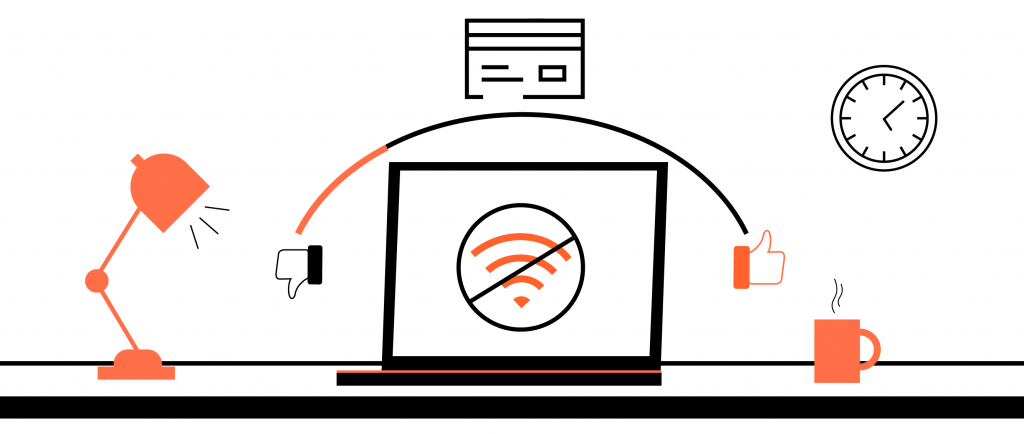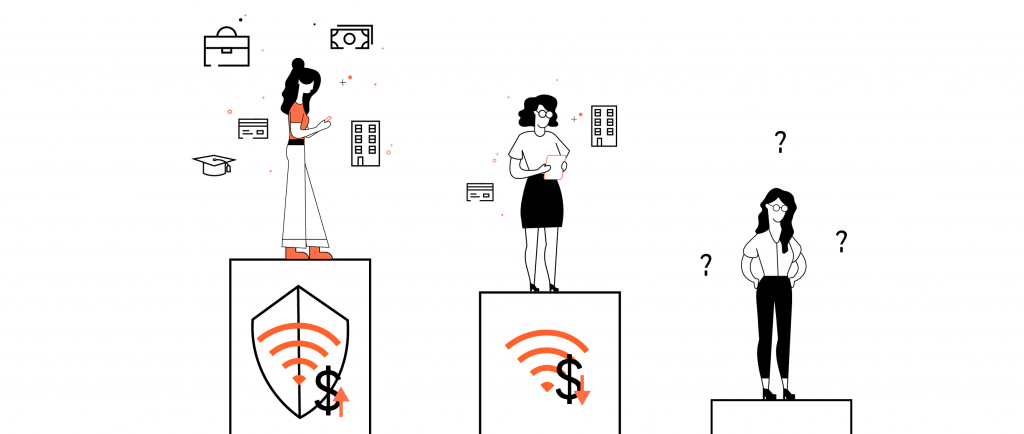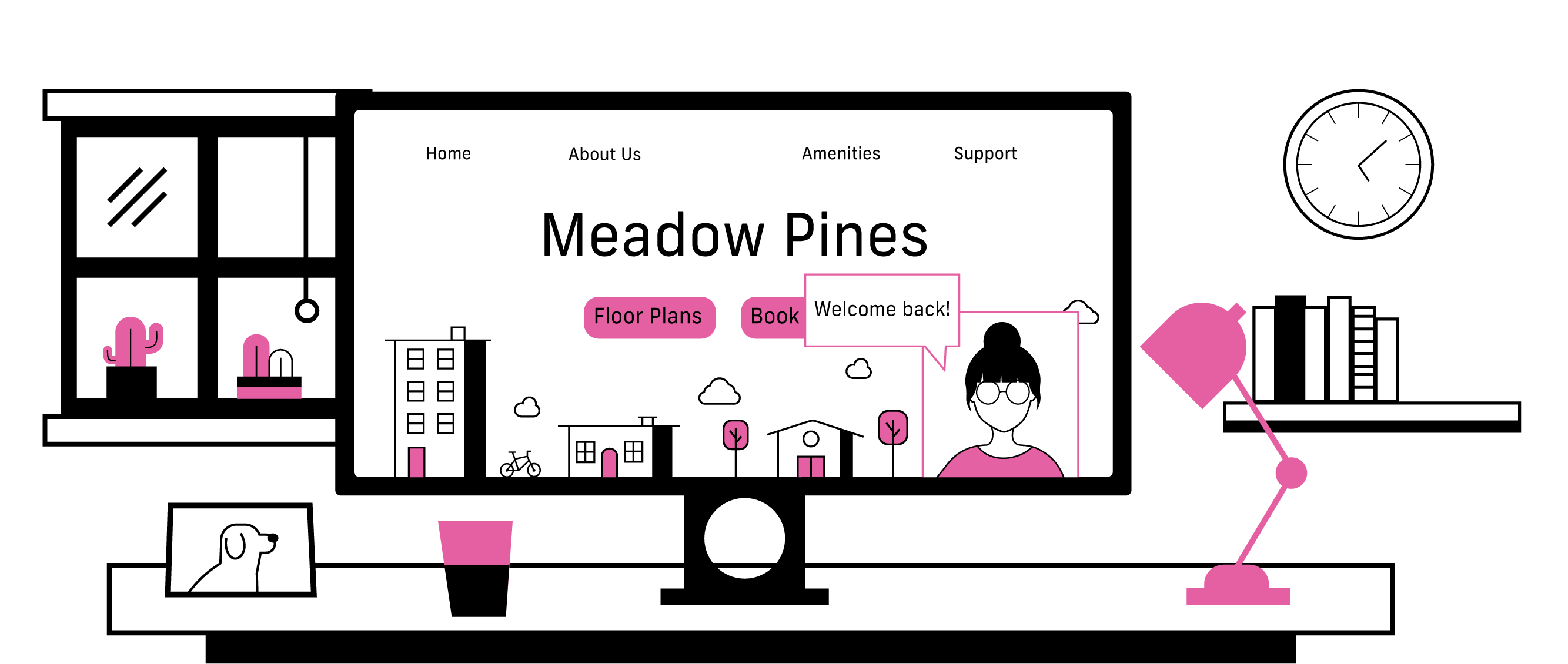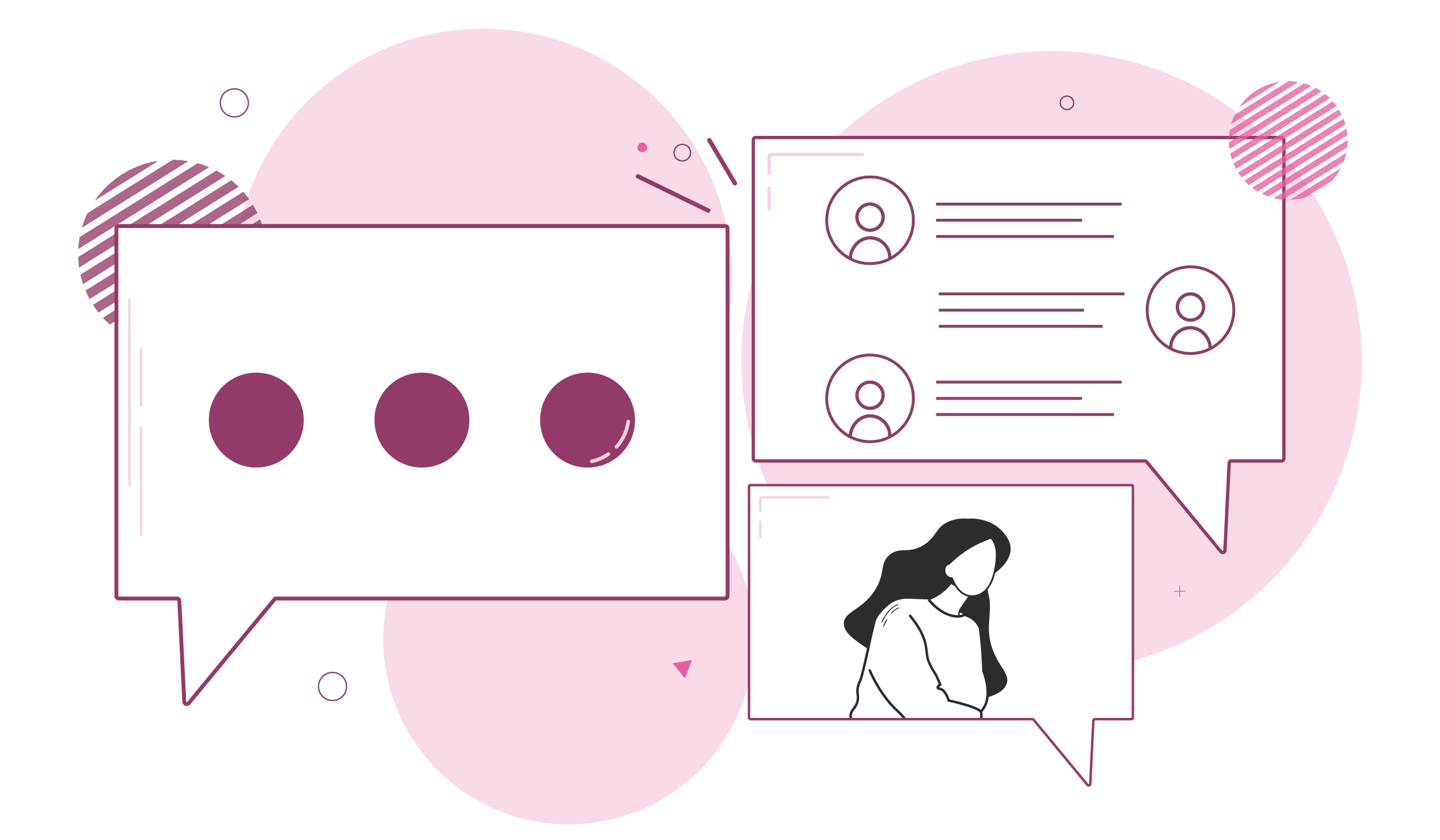Closing the Digital Divide: High Prices, Misinformation, Bad Credit
How Apartment Complexes Can Help Close the Digital Divide
The digital divide refers to the unequal distribution of technology and access to the internet between different population demographics. This can result in differences in access to information, opportunities for education and job training, access to healthcare, and many other important aspects of modern life. The digital divide can exacerbate existing inequalities and create new ones, such as a divide between high-income and low-income populations.
Who's Affected by the Digital Divide?
It’s easy to take internet access for granted. You might be surprised to hear that the Pew Research Center found that 43% of adults with household incomes below $30,000 don’t have broadband in a 2021 study. The digital divide has existed as long as we’ve had personal computers, but the importance of digital access has never been clearer.
We've just recently returned to the office after a prolonged period of time working from home, and the cracks in our ability to connect with each other are showing. We rely on our devices, whether we’re looking for further education, trying to find a place to live, or needing to schedule a doctor's visit. For example, a study from Common Sense Media, Boston Consulting Group, and the Southern Education Foundation found that 30% of K-12 students in the U.S. didn’t have acceptable internet connection, devices to attend online school, or both. This shouldn't come as a surprise – the digital divide reinforces racial and economic inequality. Communities are working to bridge this gap, and multifamily operators will play an important role as we move forward. Properties that offer managed WiFi solutions can help solve some of the causes of the digital divide.

What 3 Factors Cause the Digital Divide?
One Critical Factor in the Digital Divide is Price
High-speed WiFi can be prohibitively expensive, especially for the people who need broadband the most. Students, families with young children, and those searching for a job all need internet access to meet basic needs. When schools moved to remote learning during the height of the pandemic, we heard stories of kids studying outside of fast food restaurants just to connect to the free WiFi. It's not uncommon for individuals to routinely amass large cell phone bills since they don’t have access to high-speed WiFi. Property managers have an opportunity to bring affordable, reliable community WiFi to renters. Residents can finally say goodbye to triple-digit internet plans.
Misinformation also plays a role in the digital divide.
People who need WiFi and are able to afford it might not buy because of the idea that broadband is too expensive. Some may have been burned by previous experiences where they were upsold and overpaid for a faster connection than they needed. Others might not know how to go out and get the internet access they desperately need.
Another contributor to digital inequality is credit.
Purchasing WiFi often requires a credit check, and this means internet access can be a non-starter for those in difficult financial situations. Some service providers even require customers with bad credit to pay for hardware up-front. Property-wide WiFi removes the need for individual hardware and is available to all residents, no matter what their background is. A bad credit history can follow you for years. Without reliable internet access, it can be even more difficult to recover from financial challenges. Community WiFi can give people a chance to recover and thrive.

Help Close the Gap with Digital Divide Solutions
Managed WiFi for apartments can bridge this gap, allowing residents to connect instantly when they move in. That means no installation, no hardware, and no questions asked. Property-wide wifi solutions provide opportunities for people who have been unable to access the technology they need.
Closing the digital divide is a top priority as our society grows and moves forward. Access to broadband is a basic necessity. Unfortunately, WiFi access isn’t available to many of those affected by cycles of poverty. Digital inequality also disproportionately affects Black and Hispanic people, who are less likely to have broadband or a home computer than average.
A Pew Research Center survey found that 80% of white respondents had broadband at home. Only 71% of Black respondents and 65% of Hispanic respondents had home broadband. The digital divide is another component of the inequality that exists in our society.
With Quext, Multifamily operators have an opportunity to provide cost-effective, reliable internet solutions to their residents without sacrificing NOI. Join the fight against digital inequality and help your communities grow into better places to live for all.


